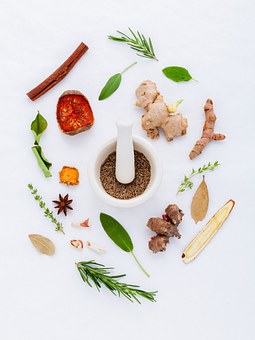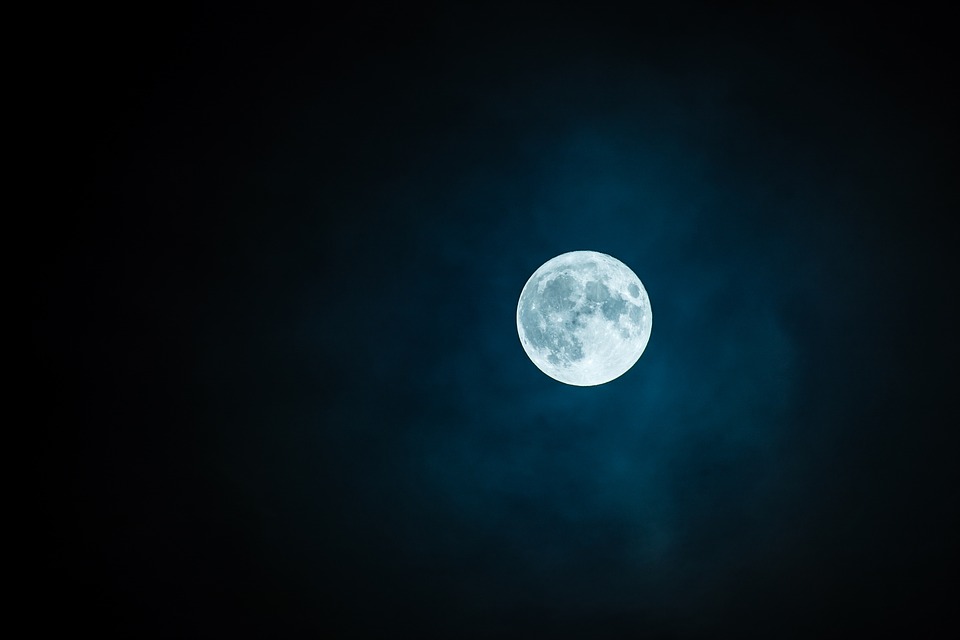Just what is a Thrall?
A thrall is a euphemistic term for a mindless or will-less servitor-creation. When
you think of this, consider what Baron von Frankenstein achieved. The creation is
composed of either a single or composition of elements and then animated by
the power of the sorcerer. A thrall is single purposed and has no will of its own
and so it cannot think or ‘act’ on its own but rather it is programmed to ‘react’
when a given set circumstances happen.






